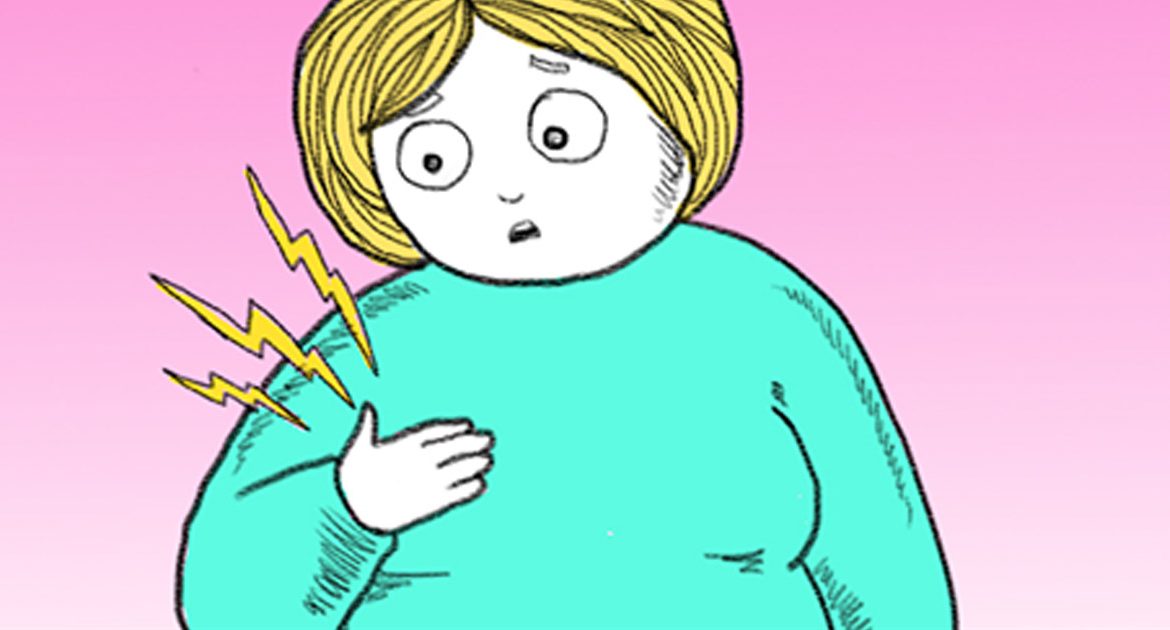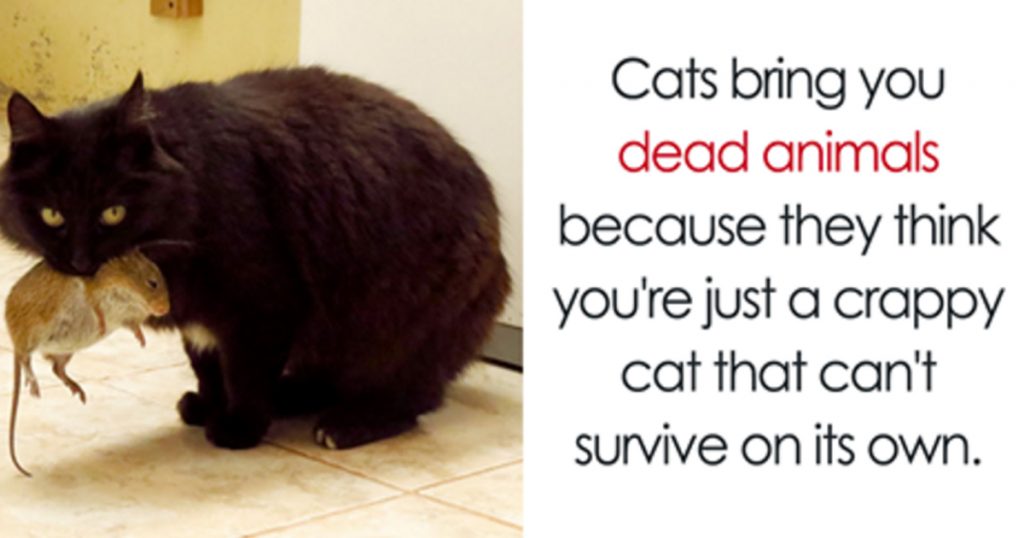Cancer is a complicated disease. Even in its early stages, it’s a life-changing event that can take a major toll on a person’s emotional, physical, and financial well-being.
Here’s the thing, though: medical experts across the board agree that early detection is crucial to successfully fight the disease.
Thankfully, the good news here is that cancer research (and breast cancer research in particular) has come a long way. According to Cancer Treatment Centers of America, while one in every eight women will develop invasive breast cancer during their lifetime, the five-year survival rate for a woman with breast cancer today is nearly 90 percent.
The odds of beating the disease have improved so dramatically that arming yourself with the right information can go a long way.
With that in mind, it’s crucial that everyone know the basics of breast cancer to properly identify early-stage signs of the disease in your own body.
Continue reading to learn important breast cancer risk factors and symptoms. Knowing the facts could ultimately save your life.
Fact #1: Breast Cancer Is The Most Common Non-Skin Cancer Among American Women
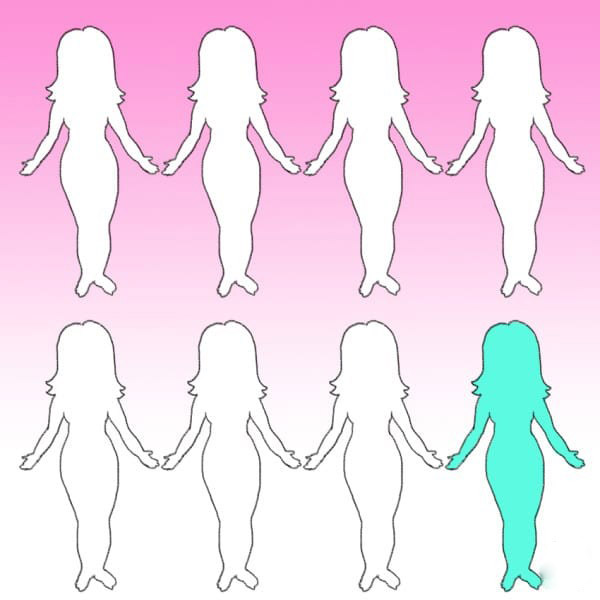
One in every eight women will develop invasive breast cancer during their lifetime — that’s 12 percent of all American women, according to the Cancer Treatment Centers of America.
A quick explainer: Breast cancer forms in tissues of the breast. There are two categories of breast cancer, invasive and noninvasive. Invasive cancer is when the cancerous cells break through normal breast-tissue barriers and spread to other parts of the body. This can be quite serious.
Noninvasive cancer is when the cancerous cells stay in a particular part of the body without spreading. This is what’s generally known as the “precancerous” stage. Research estimates that over 250,000 new cases of invasive breast cancer and 63,000 cases of noninvasive breast cancer will be diagnosed in 2017.
Fact #2: Your Age And Gender Are Both Risk Factors When It Comes To Breast Cancer
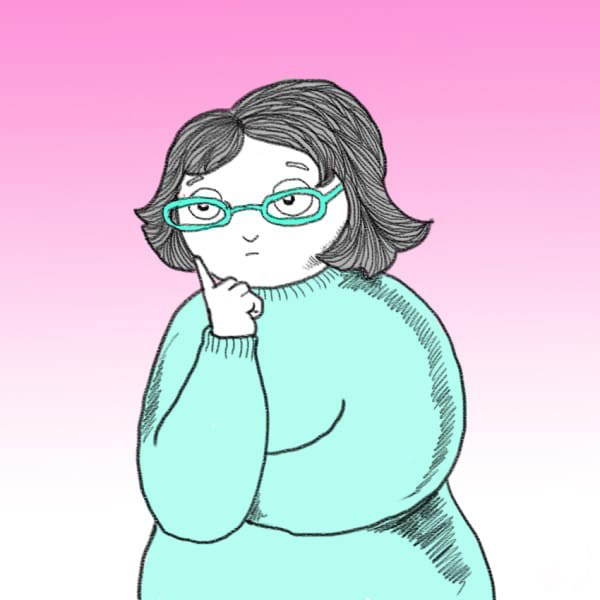
Women 55 or older are more at risk for developing breast cancer, and the disease is 100 times more common in women than in men. Still, there’s strength in numbers. If someone in your family is around that age, a gentle yet supportive way to let them know you care about them is to offer to go with them to a breast cancer checkup. It also works both ways: buddying up is a great way to channel the courage to get a checkup yourself!
Fact #3: You Can Inherit A Predisposition To Breast Cancer
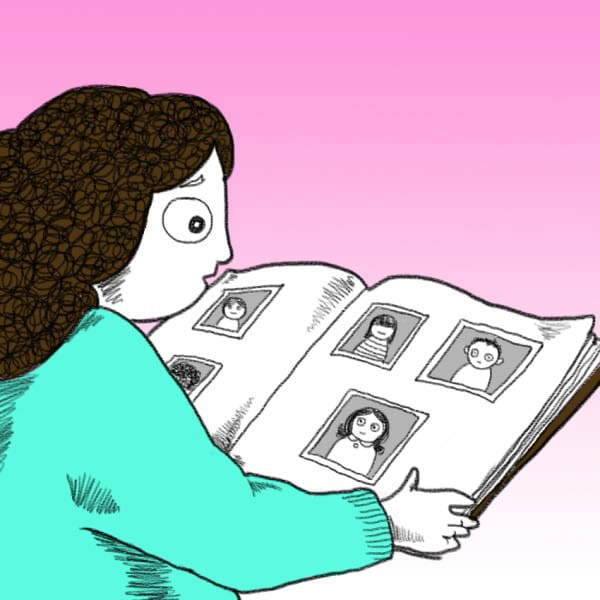
Your family history can be a helpful road map in determining whether you are at risk of developing breast cancer. Women with immediate blood relatives who’ve had breast cancer, like a mother or sister, are twice as likely to develop the disease. It all comes down to our DNA.
BRCA1 and BRCA2 are human genes that produce tumor-suppressor proteins. When either of these genes mutate or alter, DNA damage may not be repaired properly. These mutations can be inherited. Women with a mutated BRCA1 gene have a much higher risk of developing breast cancer (around 65 percent), compared to the 12 percent average lifetime risk for a woman without a mutated BRCA1 gene.
Talk to your doctor about your risk factors and if a hereditary-genetics test is right for you.
Fact #4: Obesity And Alcohol Consumption Raise Your Chances Of Developing Breast Cancer
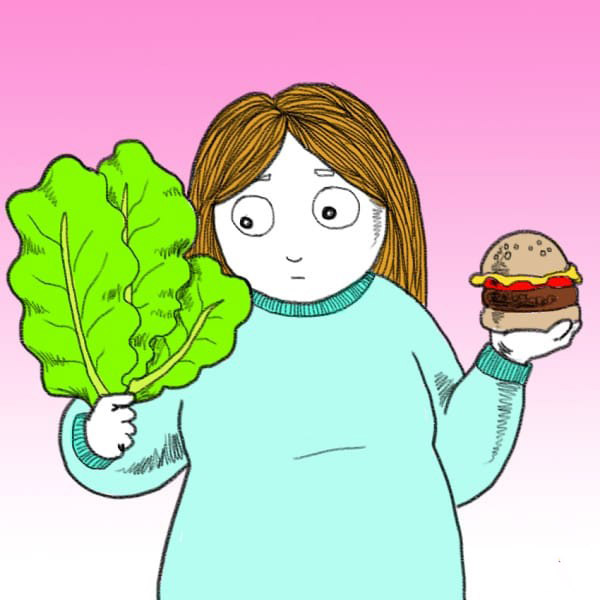
Women who are overweight or obese after menopause have a higher breast cancer risk than those who are lean. This is because being overweight after menopause increases the risk of estrogen receptor-positive breast cancers. Fat tissue may contribute to increases in estrogen levels, while high levels of estrogen may increase the risk of breast cancer.
Alcohol use is also linked to an increased risk of developing breast cancer. More than 100 studies that have looked at the association between alcohol consumption and cancer have found an increased risk associated with high alcohol intake.
Fact #5: Breast Density And Breast Cancer Are Related
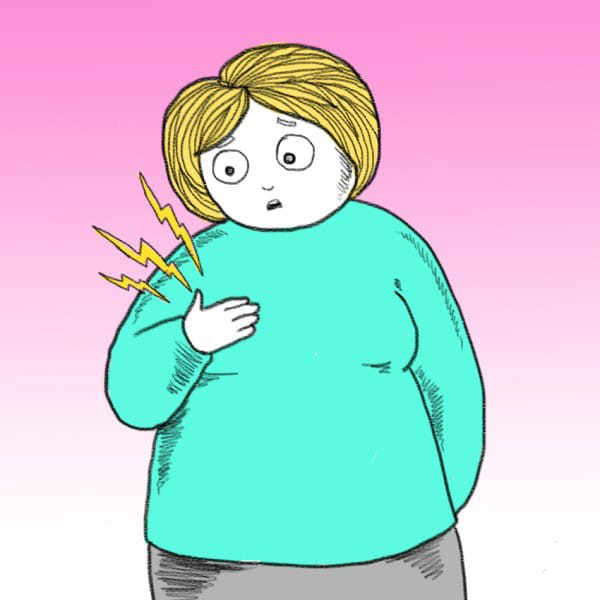
Breast density compares the amount of fat to the amount of tissue on a mammogram. Dense breasts contain more glandular and fibrous tissue than fatty tissue. In general, younger women tend to have dense breasts; breast density decreases as women get older. Women with less fatty tissue and more glandular and fibrous tissue may be at higher risk for developing breast cancer. This is also why this type of cancer skews toward older women.
So, how will you know if something’s wrong? Symptoms of breast cancer include skin changes, swelling and redness, an increase in the size or shape of your breasts, changes in the appearance of the nipples, pain in any part of the breasts, and lumps or nodes felt on the inside of the breast.
The best preventative measure you can take is to get checked regularly. The American Cancer Society believes women should begin annual mammograms at age 40. Don’t wait until you are in the danger zone to start getting tested.
Fact #6: You Have Options — Lots Of Them
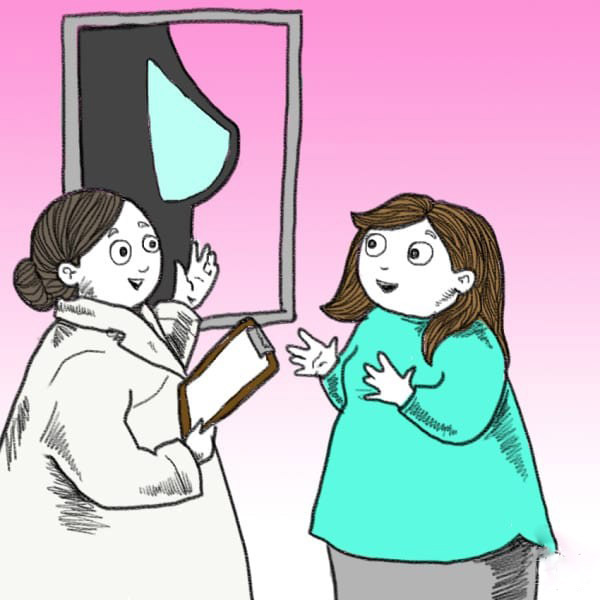
Most women today do not need a mastectomy (the procedure in which all the breast tissue is removed). They can be treated just as effectively by getting a lumpectomy, a surgical procedure that involves removing a suspected tumor and a small portion of the surrounding tissue.
Chemotherapy is the preferred option if the cancer is locally advanced. Women with an early-stage disease may have chemotherapy to reduce the size of large tumors and destroy the cancer cells. Radiation therapy is used to shrink a large tumor before surgery or to destroy cancer cells that remain after breast cancer surgery. Targeted therapy prevents cancer cells from dividing or destroying cancer cells directly. And finally, hormone therapy adds, blocks, or removes hormones from the body to slow or stop the growth of cancer cells.
While cancer as a whole can be a really scary thing, preparing yourself is the smartest way of dealing with the disease. If you or a loved one is approaching 40 or have already passed that age, it’s a good time to buddy up. A good defense is really the best offense.
Make sure to Liked Video this information with every woman you know — you just might save a life.
